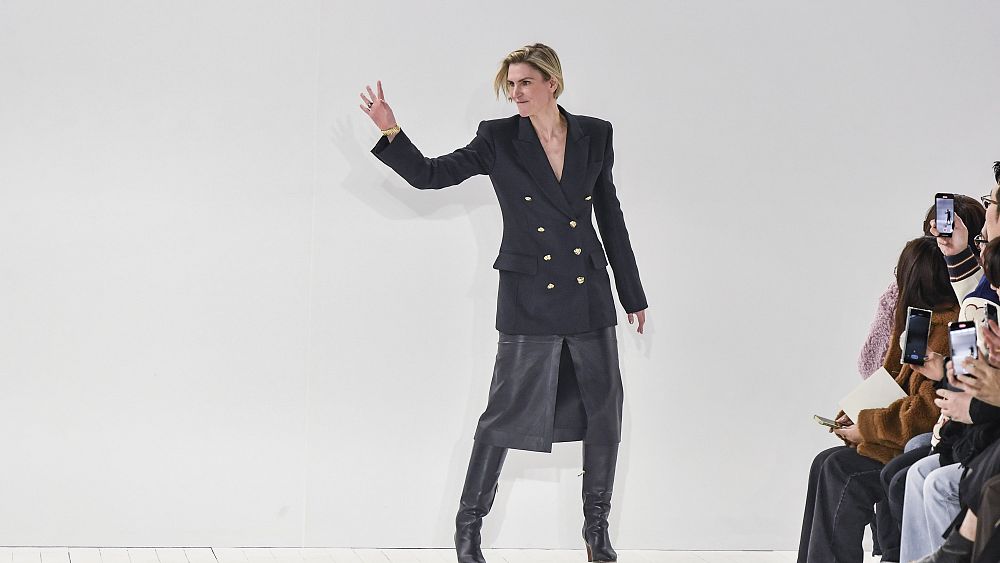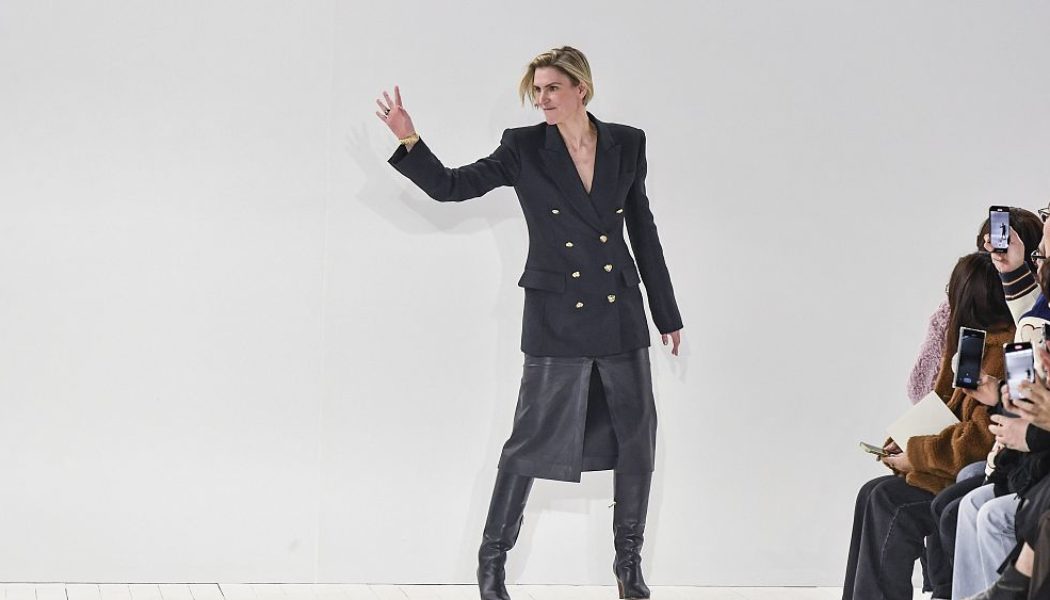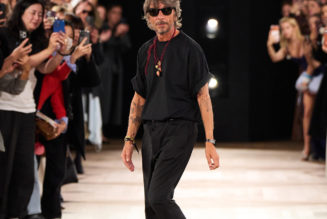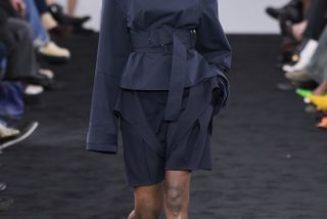
After months of speculation, the Uruguayan-born 46-year-old has confirmed she’s leaving the French luxury label after a tenure of just three years.
Gabriela Hearst, the creative director of Chloé, has announced she’ll be leaving her post.
Hearst’s spring/summer 2024 collection, to be shown at Paris Fashion Week in September, will be her last.
After three years of leading both Chloé alongside her eponymous brand, Hearst has decided to shift her main focus to her own label.
The news of her departure was initially reported by WWD last month and Chloé has now confirmed the move. Her successor has yet to be named.
Hearst shared a heartfelt statement expressing her gratitude and love for Chloé.
“It has been the greatest privilege to share my creative vision and to add my voice to the story of Chloé, a remarkable maison that I have always loved so dearly”, she wrote.
Hearst’s appointment as creative director of Chloé in December 2020 marked a significant moment in her career.
Despite the relatively short duration of her time at the French fashion house, she made a lasting impact. Under her leadership, Chloé became the first European luxury fashion house to receive B Corp status, reflecting its commitment to sustainability.
Hearst incorporated environmentally friendly fabrics into the collections, launched a resale programme and structured her collections around climate solutions.
Following in the footsteps of renowned designers like Stella McCartney, Karl Lagerfeld and Phoebe Philo, Hearst’s appointment also held historical significance.
She became the first female designer of multicultural heritage, hailing from Uruguay and the United States, to lead a Parisian fashion house.
Hearst has also recently announced a collaboration with Angelina Jolie’s new company, Atelier Jolie.
The collection will predominantly feature evening wear, using deadstock and low-impact materials, all while highlighting the work of the artisans involved.
Changes at the top
As Gabriela Hearst bids farewell to Chloé, her departure marks the end of an era characterised by a visionary approach to fashion, sustainability and social responsibility.
It comes as the fashion industry has been experiencing a wave of change, as demonstrated by the recent exodus of creative directors from various prestigious fashion houses.
Last December, Raf Simons shuttered his own label for a role as co-creative director at Prada and, in April, Tom Ford left his eponymous fashion label for a film career.
Also in December, Alessandro Michele departed from Gucci and was replaced by Sabato De Sarno.
The anticipation for his first collection, set to be shown in Milan this September, is already building, with fashion enthusiasts eagerly awaiting the direction he’ll take the brand.
The fashion landscape is also witnessing the departure of other notable creative directors, such as Jeremy Scott from Moschino. He quit the quirky brand in March.
These frequent changes not only shape the individual brands but also reflect the current state of the industry and its trajectory.
The fashion industry is ever-evolving, and as Julie Gilhart, a veteran fashion executive, noted to Vanity Fair, “fashion always reminds us that nothing is forever, and that our business thrives on change”.
The appointments of De Sarno and Pharrell Williams as creative directors at Gucci and Louis Vuitton menswear, respectively, exemplify the diverse range of candidates being considered for these prestigious roles.
De Sarno brings years of experience at Valentino, Dolce & Gabbana and Prada, while Williams, known for his music career and streetwear brand Billionaire Boys Club, offers a different perspective.
Steering the helm at a top fashion brand today is more demanding than ever, with designers juggling multiple collections, celebrity appearances, and the pressures of social media.
Also, many consumers are increasingly turning to smaller, emerging labels which prioritise ethical production and sustainability. That’s forced luxury design houses to rethink their approach in an ever more climate conscious world.









